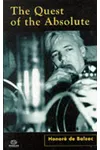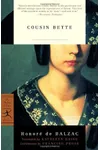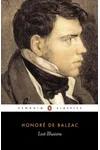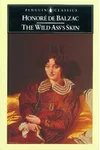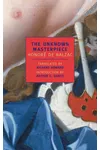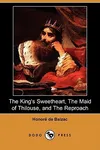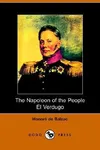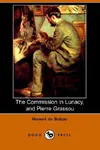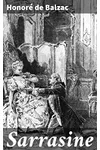Picture a French storyteller who turned 19th-century society into a sprawling literary canvas—meet Honoré de Balzac! Known for his monumental series La Comédie Humaine, Balzac wove tales of ambition, love, and greed with a keen eye for human quirks. His vivid characters and realist style made him a literary giant, inspiring writers from Dickens to Proust.
Born into a world of shifting fortunes, Balzac’s life was as dramatic as his novels. From failed business ventures to relentless writing marathons fueled by coffee, his journey shaped stories that still captivate readers today. Ready to dive into his world?
The Making of Honoré de Balzac
Born on May 20, 1799, in Tours, France, Honoré de Balzac grew up in a middle-class family with big ambitions. Sent to boarding school at a young age, he found solace in books, devouring classics that sparked his imagination. After a brief stint studying law, Balzac rebelled against a conventional career, declaring he’d become a writer. His early attempts at novels flopped, and ventures into printing and publishing left him drowning in debt. Yet, these failures honed his understanding of human struggle, fueling his later masterpieces.
Honoré de Balzac’s Unforgettable Stories
Balzac’s La Comédie Humaine, a series of over 90 interconnected novels and stories, is his crowning achievement. It’s a literary panorama of French society, from Parisian salons to rural villages, capturing every layer of human experience. His realist style—blending sharp social commentary with rich, flawed characters—set a new standard for the novel. Works like Père Goriot (1835), a heart-wrenching tale of a father’s sacrifice and ambition in Paris, showcase his knack for emotional depth.
Another gem, Eugénie Grandet (1833), explores greed and family dynamics through the life of a young woman trapped by her miserly father. Le Cousin Pons (1847) delves into art, betrayal, and redemption, while La Cousine Bette (1846) spins a dark tale of jealousy and revenge. Balzac’s characters, driven by passion or obsession, feel startlingly modern, and his ability to weave recurring figures across stories creates a vivid, interconnected world.
His writing process was legendary: Balzac often worked 15-hour days, powered by pots of black coffee. His style, dense yet accessible, mixed humor with tragedy, earning him acclaim as a founder of literary realism. He didn’t just tell stories—he dissected the human condition.
Why Honoré de Balzac Matters
Balzac’s influence stretches far beyond his time. His realist approach paved the way for authors like Émile Zola and Henry James, while his social insights inspired filmmakers and playwrights. By portraying ordinary people—merchants, clerks, aristocrats—with unflinching honesty, he gave voice to the complexities of modern life. His work remains a touchstone for understanding ambition, class, and desire, resonating with readers worldwide.
Balzac’s life, cut short in 1850 at age 51, was a testament to his relentless drive. His legacy endures in the countless writers and artists who draw from his vision, proving that great stories can transcend centuries.
About Honoré de Balzac
- Born: May 20, 1799, Tours, France
- Died: August 18, 1850, Paris, France
- Key Works: Père Goriot, Eugénie Grandet, La Cousine Bette
- Legacy: Founder of literary realism, inspired modern novelists
Snag Père Goriot and dive into Balzac’s vibrant world of passion and intrigue!

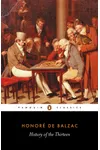
![The Old Maid, [and] the Cabinet of Antiquities](https://images.booksonboard.com/books/170587/thumbnail/The-Old-Maid-and-the-Cabinet-of-Antiquities.webp)




